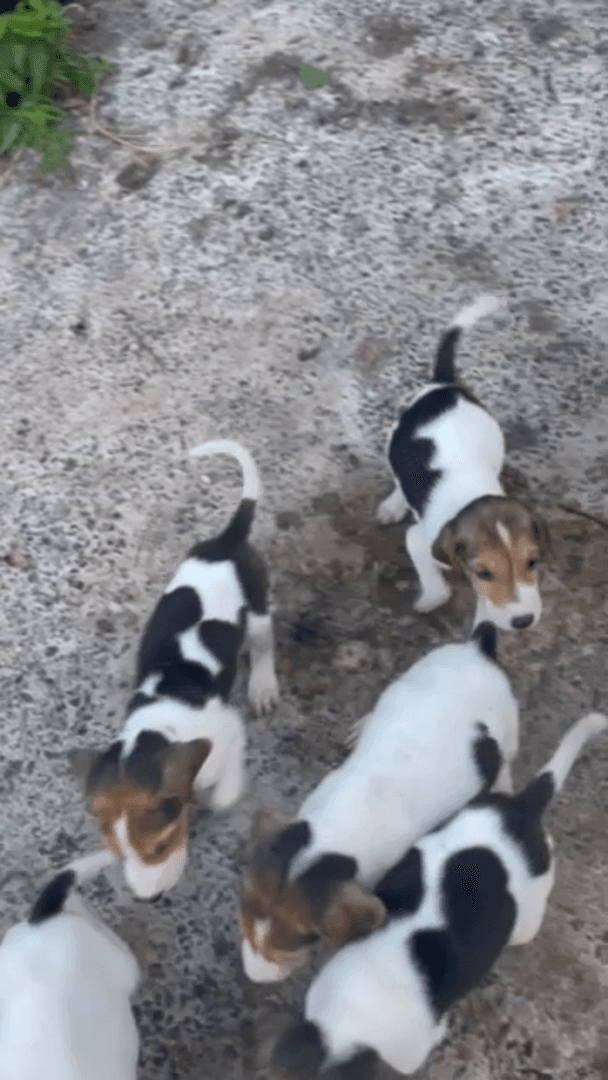
Clumber Spaniel Hunting Dog: Characteristics, Training, and Field Performance The Clumber Spaniel is a distinguished hunting breed with aristocratic roots and a reputation for methodical fieldwork. Known for its powerful nose and calm demeanor, this spaniel excels in dense cover and upland bird hunting. Below is a comprehensive guide for hunters considering the Clumber Spaniel as a field companion. 🦆 Game the Clumber Spaniel Hunts Clumber Spaniels were originally bred to flush and retrieve upland game birds, particularly: • Pheasant • Partridge • Quail • Woodcock Their broad muzzle and soft mouth allow them to retrieve without damaging the game. While not typically used for waterfowl, some Clumbers enjoy swimming and can retrieve ducks in calm waters. 🌍 Countries Where Clumber Spaniels Are Commonly Used in Hunting Though rare globally, Clumber Spaniels are most often found in: • United Kingdom – Their country of origin, especially in estates and traditional shoots • United States – Used in AKC hunt tests and by enthusiasts in upland bird hunting • Canada – Particularly in Nova Scotia, where the breed was first introduced in North America • France – Believed to be part of the breed’s early development Despite their limited numbers, Clumber Spaniels are gaining recognition in field trials and performance events. 🐾 Breed Characteristics and Care Physical Traits: • Height: 17–20 inches • Weight: 55–85 pounds • Coat: Dense, straight, weather-resistant; white with lemon or orange markings Temperament: • Calm, loyal, and intelligent • Gentle with children and other dogs • Strong prey drive with a focused work ethic Care Tips: • Grooming: Brush 2–3 times per week to manage shedding and prevent matting • Ears: Clean weekly to prevent infections due to floppy ear structure • Exercise: Daily walks and mental stimulation are essential • Diet: Monitor weight closely; Clumbers are prone to obesity 🎯 How to Train a Clumber Spaniel for Hunting Start early—ideally at 6–8 weeks—with basic obedience: • Recall • Sit/Stay • Heel Use positive reinforcement and short, engaging sessions. Clumbers respond best to praise and food rewards. Harsh methods or repetitive drilling can cause them to shut down. Socialization is key: expose them to different terrains, sounds, and people to build confidence. 🏹 Field Conditioning and Hunt Exercises To prepare a Clumber Spaniel for the field: • Scent Work: Hide feathers or game-scented dummies in tall grass • Retrieving Drills: Use soft-mouthed bumpers; practice delivery to hand • Quartering Practice: Teach them to sweep cover methodically within gun range • Water Exposure: If intended for water retrieves, introduce shallow swims early Clumbers excel in Barn Hunt and AKC Hunt Tests, which simulate real-world hunting scenarios. 🔍 Unique Field Traits of the Clumber Spaniel • Hesitation Flush: If a bird doesn’t break cover, Clumbers may stalk and pounce, giving hunters time to prepare • Silent Worker: Unlike other spaniels, Clumbers work quietly and deliberately • Superior Nose: Known to locate birds missed by faster breeds • Retrieve Style: Often use their paw to bat down game before retrieving Their slower pace suits hunters who prefer a methodical, thorough sweep of the field rather than high-speed coverage. 🧠 Intelligence and Obedience in the Field Clumber Spaniels are intelligent and eager to please, but they require a handler who understands their thoughtful nature. They thrive in structured environments and respond well to consistent routines. In obedience trials, Clumbers have earned titles such as Companion Dog (CD) and Utility Dog (UD), showcasing their versatility beyond the hunt A. Their short attention span means training sessions should be brief but focused. Precision heeling, scent discrimination, and directed retrieves are all achievable with positive reinforcement and patience. 🐾 Health and Field Longevity While generally robust, Clumber Spaniels are prone to: • Hip dysplasia • Ear infections • Obesity • Entropion/Ectropion (eyelid issues) Maintaining a lean body condition, avoiding excessive jumping, and regular vet checkups are essential for a long hunting career. With proper care, Clumbers can remain active in the field well into their senior years. Final Thoughts The Clumber Spaniel is not for every hunter—but for those who value precision, loyalty, and a calm field partner, this breed delivers. With proper training and care, the Clumber becomes a reliable and endearing member of any hunting team.
Post: 20 July 08:27













